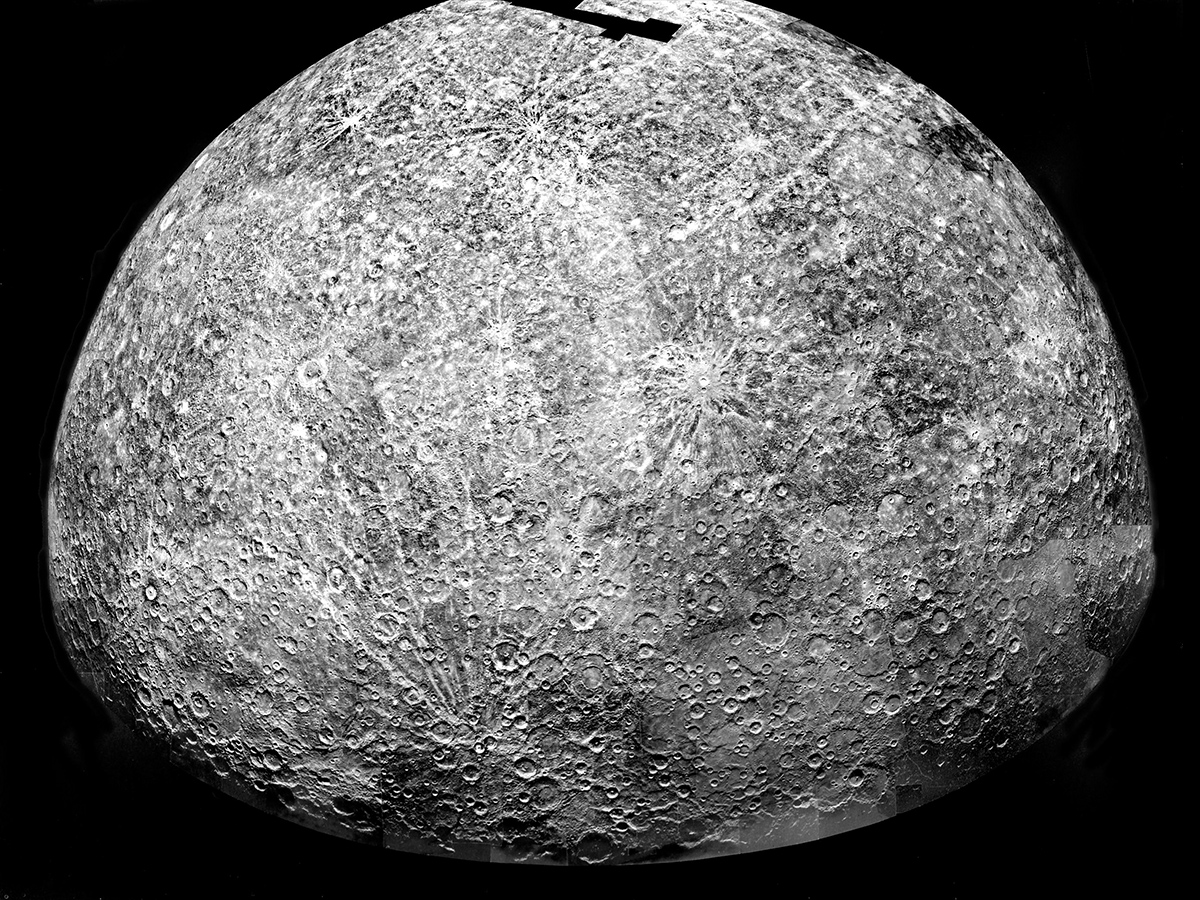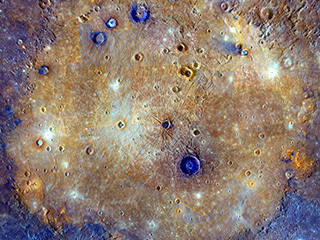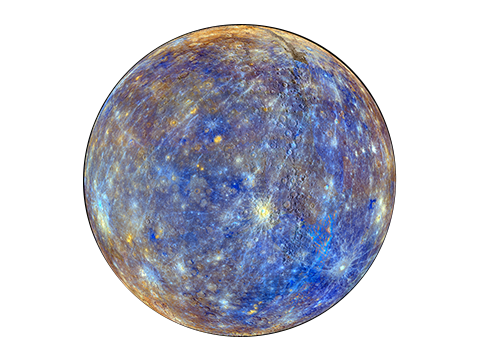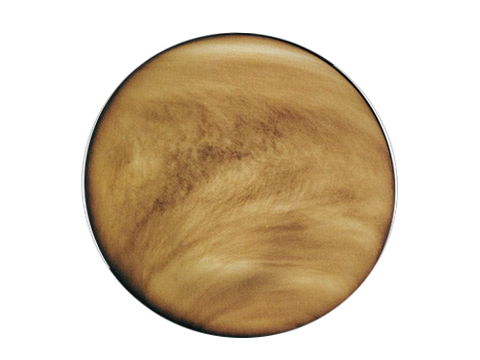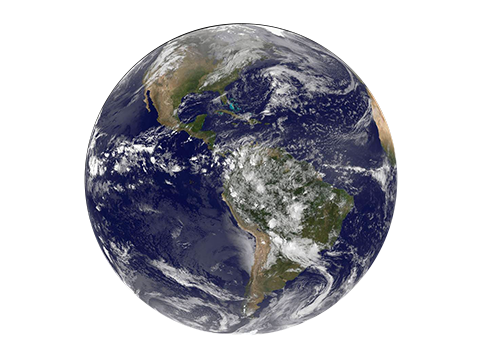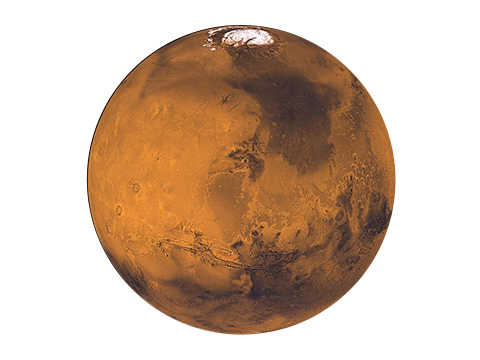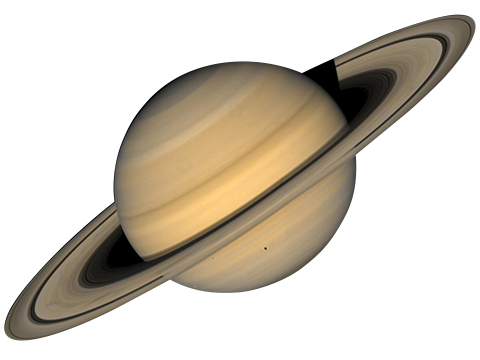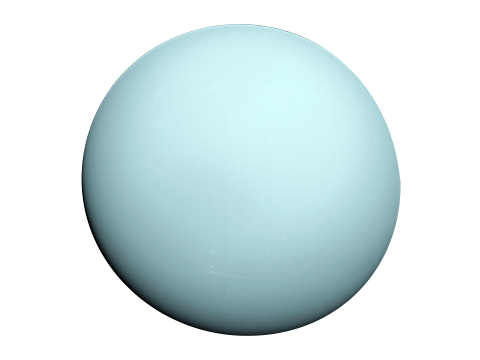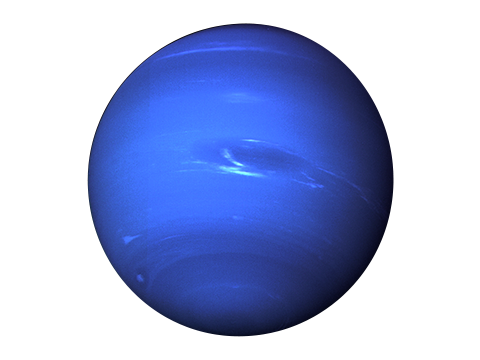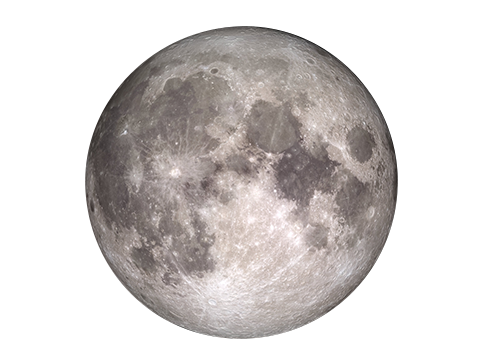-
 MERCURY
MERCURY
The Swiftest Planet
41,268,620 MI
DISTANCE FROM SUN
3.692260 mins
ONE WAY LIGHT TIME TO THE SUN
88 Earth Days
LENGTH OF YEAR
Terrestrial
PLANET TYPE
The smallest planet in our solar system and nearest to the Sun, Mercury is only slightly larger than Earth's Moon.
From the surface of Mercury, the Sun would appear more than three times as large as it does when viewed from Earth, and the sunlight would be as much as seven times brighter. Despite its proximity to the Sun, Mercury is not the hottest planet in our solar system – that title belongs to nearby Venus, thanks to its dense atmosphere.
10 Need-to-Know Things About Mercury
1 SMALLEST Mercury is the smallest planet in our solar system—only slightly larger than Earth's Moon.
2 INSIDER It is the closest planet to the Sun at a distance of about 36 million miles (58 million kilometers) or 0.39 AU.
3 LONG DAYS, SHORT YEARS One day on Mercury (the time it takes for Mercury to rotate or spin once with respect to the stars) takes 59 Earth days. One day-night cycle on Mercury takes 175.97 Earth days. Mercury makes a complete orbit around the Sun (a year in Mercury time) in just 88 Earth days.
4 ROUGH SURFACE Mercury is a rocky planet, also known as a terrestrial planet. Mercury has a solid, cratered surface, much like the Earth's moon.
5 CAN'T BREATHE IT Mercury's thin atmosphere, or exosphere, is composed mostly of oxygen (O2), sodium (Na), hydrogen (H2), helium (He), and potassium (K). Atoms that are blasted off the surface by the solar wind and micrometeoroid impacts create Mercury's exosphere.
6 MOONLESS Mercury has no moons.
7 RINGLESS There are no rings around Mercury.
8 TOUGH PLACE TO LIVE No evidence for life has been found on Mercury. Daytime Temperatures can reach 430 degrees Celsius (800 degrees Fahrenheit) and drop to -180 degrees Celsius (-290 degrees Fahrenheit) at night. It is unlikely life (as we know it) could survive on this planet.
9 BIG SUN Standing on Mercury's surface at its closest approach to the Sun, our star would appear more than three times larger than it does on Earth.
10 ROBOTIC VISITORS The two spacecraft of ESA-JAXA's BepiColombo are en route to Mercury. NASA's Mariner 10 was the first mission to explore Mercury. NASA's MESSENGER was the first to orbit the innermost planet.
Did You Know?
Because of Mercury's elliptical—egg-shaped—orbit and sluggish rotation, the morning Sun appears to rise briefly, set and rise again from some parts of the planet's surface. The same thing happens in reverse at sunset.
Pop Culture
The smallest planet in our solar system has a big presence in our collective imagination. Scores of science fiction writers have been inspired by Mercury, including Isaac Asimov, C. S. Lewis, Ray Bradbury, Arthur C. Clarke and H. P. Lovecraft. Television and film writers, too, have found the planet an ideal location for storytelling. In the animated television show Invader Zim, Mercury is turned into a prototype giant spaceship by the extinct Martians. And in the 2007 film Sunshine, the Icarus II spacecraft goes into orbit around Mercury to rendezvous with the Icarus I.
In the comic strip Calvin and Hobbes, Calvin and his classmate Susie give a presentation about Mercury, in which Calvin's contribution is full of questionable information: "The planet Mercury was named after a Roman god with winged feet," says Calvin. "Mercury was the god of flowers and bouquets, which is why today he is a registered trademark of FTD florists. Why they named a planet after this guy, I can't imagine."
MERCURY'S CALORIS BASIN
THE BRIGHT RAYS OF MENA
The young rays of Mena crater contrast brightly against the surrounding surface, though the rays will gradually fade with time.
LUNAR ECLIPSE FROM MERCURY
As millions of people observed the total lunar eclipse on October 8, 2014, MESSENGER was also watching from Mercury.
We Love the Science and Exploration

